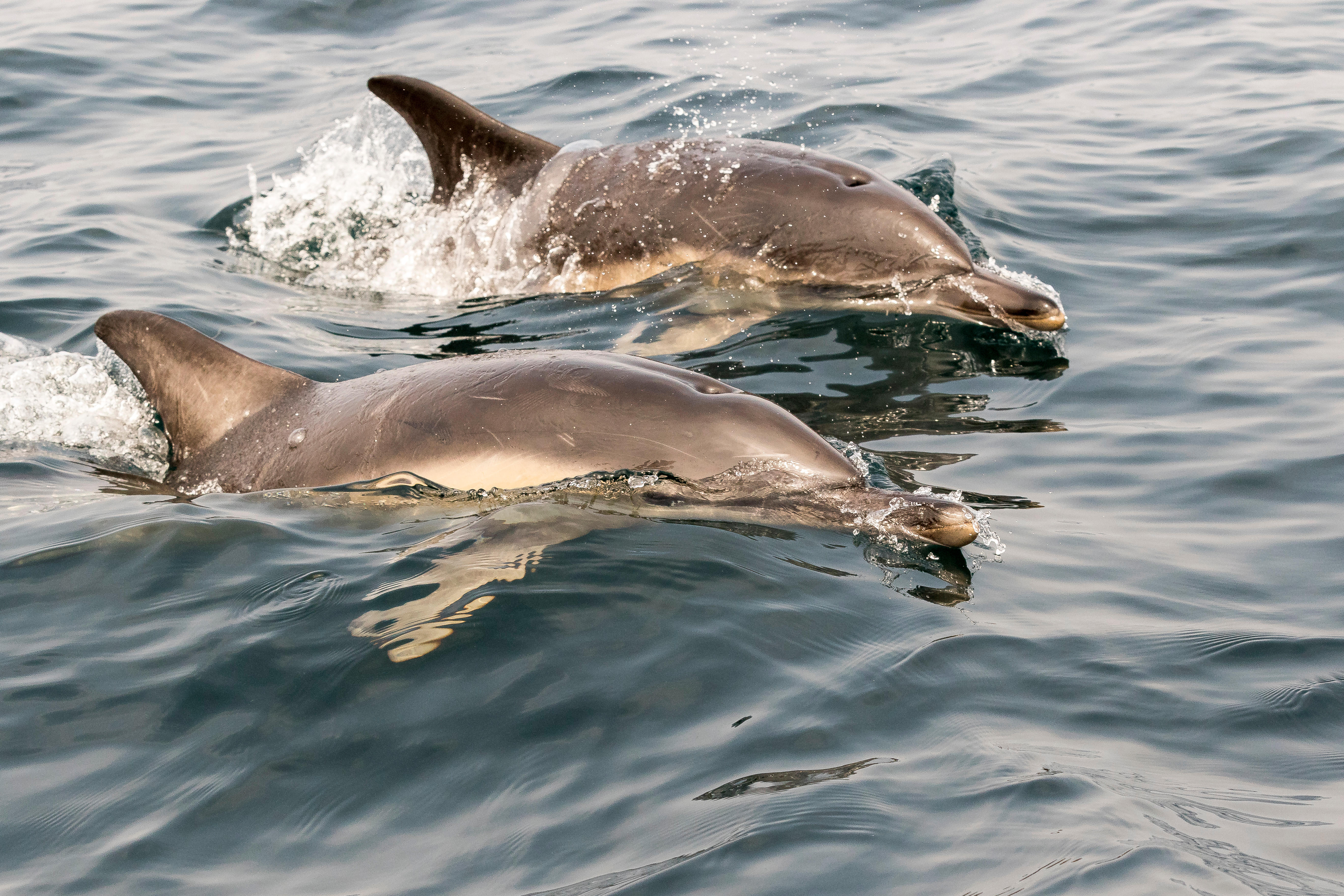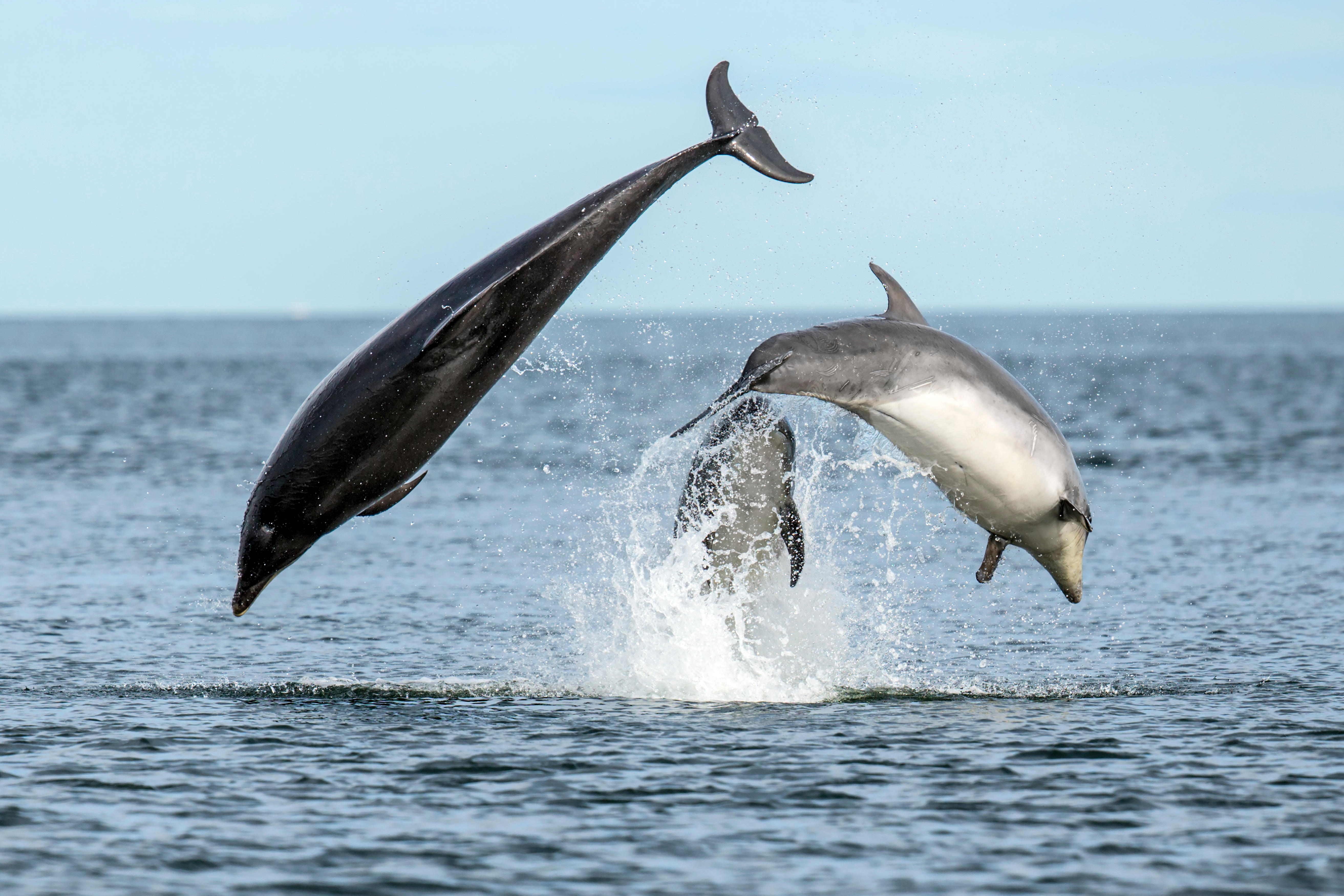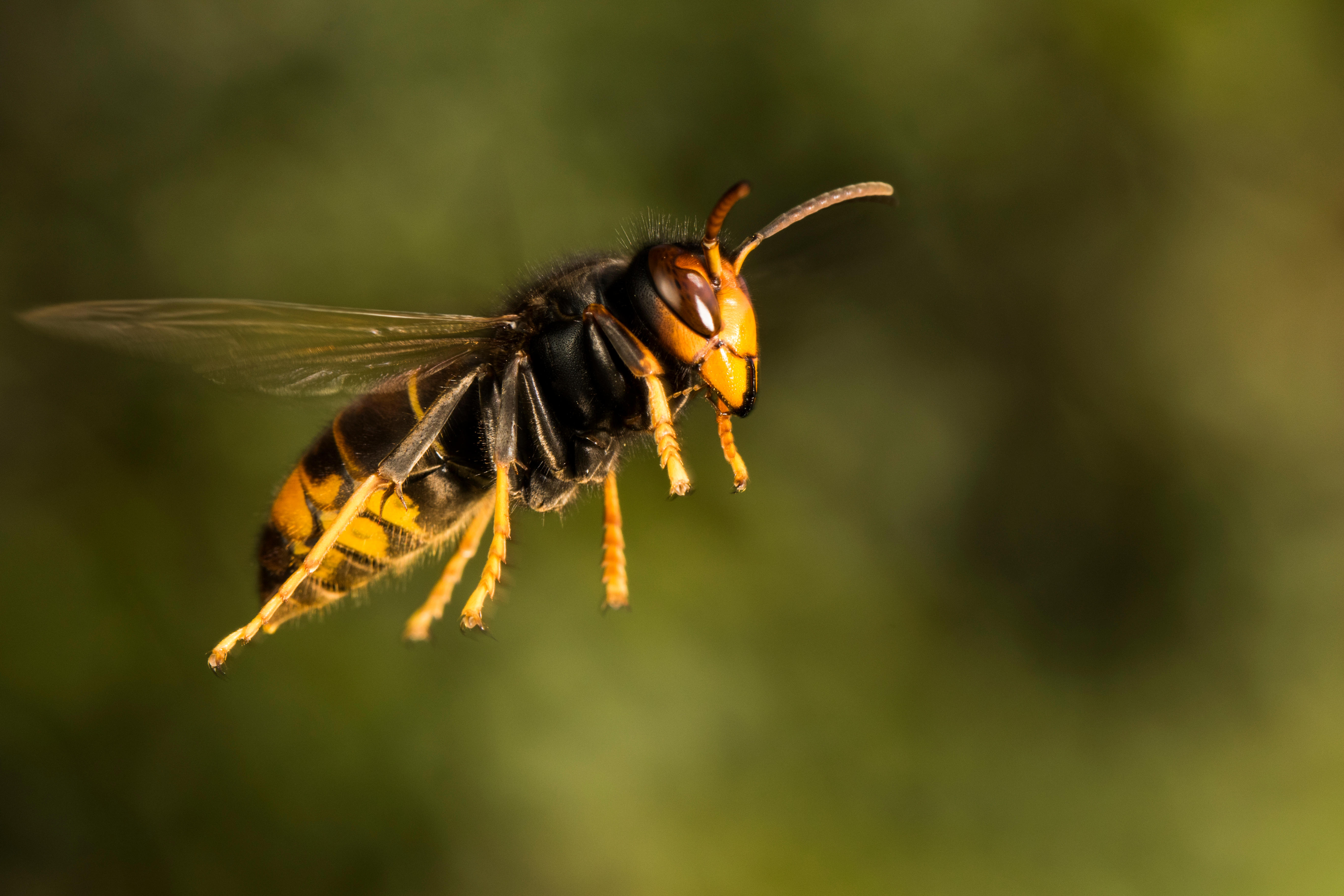The mystery of why more and more whales and dolphins are being stranded on Britain's beaches
Figures from the Zoological Society of London confirm anecdotal reports of an increase in the number of whales and dolphins stranded on British shores, but the problem could have many causes.


A walker was enjoying a morning stroll along Plymouth Hue earlier this week when he came across a dolphin carcass. The unfortunate creature had washed up on the shore near the Lion’s Den, just a few months after another carcass was found on nearby Mount Batten beach and only days after a distressed dolphin died in Cornwall. Then, on Thursday, one more dead dolphin was spotted in Plymouth, this time tied to a rock near a children’s playground.
If these harrowing reports seem increasingly frequent, it’s because they are. According to a review, published on Friday, September 6, by the Government and led by the Zoological Society of London (ZSL), the number of cetaceans washing up on British coastlines saw an increase of about 15% in the years from 2011 to 2017 over the previous seven years.
In particular, scientists from ZSL’s Cetacean Strandings Investigation Programme (CSIP) recorded the highest-ever number of strandings in a single year since CSIP was launched in 1990, with more than 1,000 reported in 2017. They also recorded a number of mass strandings, including one, in 2011, when 70 long-finned pilot whales washed up in the Kyle of Durness, Scotland. The ZSL findings echo those from the Irish Whale and Dolphin Group, which reported a record number of strandings in 2018.

Scientists don’t know what exactly is causing the rise. ‘It's difficult to say conclusively, but it's potentially associated with multiple causes, including increases in local reporting effort and seasonal variation in the population density of some species,’ says ZSL cetologist Rob Deaville.
‘It's difficult to say conclusively what's driven this rise, but it's potentially associated with multiple causes, including increases in local reporting effort and seasonal variation in the population density of some species,’ Rob Deaville of ZSL told the BBC.
Examinations revealed that one Cuvier’s beaked whale died after eating marine litter, about 25 animals were stricken by ships, and many more were killed after contracting infectious diseases or becoming entangled in fishing gear (known as bycatch). However, the impact of each death factor varies from species to species.
‘As both nets and propellers can cause characteristic injuries, we can readily diagnose causes of death which are directly related to human activity, such as bycatch and ship-strike,’ says Mr Deaville. ‘However, the total proportion of deaths linked to the impact of humans is actually likely to be higher over the period covered by this report. For example, cases of infectious disease may be associated with exposure to chemical pollution.’
Exquisite houses, the beauty of Nature, and how to get the most from your life, straight to your inbox.
There is another possibility — the increase in strandings may be, at least in part, a natural by-product of a rise in the number of cetaceans off our shores.
Both the ZSL figures and reports from fishermen show that a wide range of species swim off the British shores, including some, such as the dwarf sperm whale, which had not been seen before and others, like the a humpback spotted off the Cornish coast or the minke whales seen off Yorkshire, which are usually a rare sight.
‘Between 2011 and 2017, we recorded 21 cetacean species,’ says Mr Deaville. ‘That’s nearly a quarter of all currently known species, reflecting the range of diverse habitats around our coast.’

Invasive Asian hornets that kill up to 50 bees a day spotted across England
Beekeepers and DEFRA are asking the public to report sightings of the invasive Asian hornet, which is a massive threat
Carla must be the only Italian that finds the English weather more congenial than her native country’s sunshine. An antique herself, she became Country Life’s Arts & Antiques editor in 2023 having previously covered, as a freelance journalist, heritage, conservation, history and property stories, for which she won a couple of awards. Her musical taste has never evolved past Puccini and she spends most of her time immersed in any century before the 20th.
